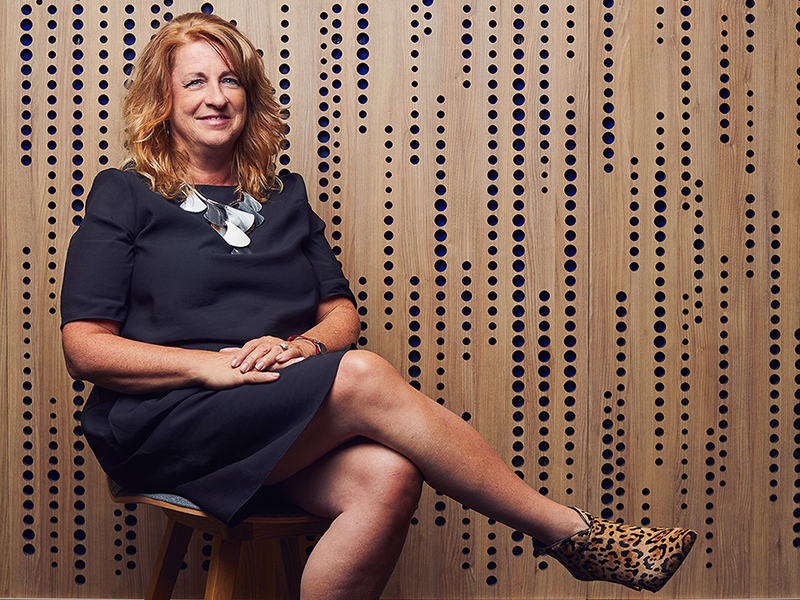
Fidelity Canada is supporting the future financial well-being of young Canadians through a new video series hosted by the organization’s employees.
The series, known as Money Gains, consists of 10 videos in both English and French, geared towards students and covering a range of investment and retirement topics, including interest, returns, risks and timelines. It was developed based in part on feedback from focus groups that included the school-age children of Fidelity employees.
“Our desire was to improve financial literacy and more specifically, investment literacy, in kids,” says Diana Godfrey, senior vice-president of human resources at Fidelity. “If you leave it until they’re older, you’ve missed an opportunity to create interest [in financial literacy].”
Read: Financial wellness programs should have measurable, tangible impact: study
Fidelity workers are responsible for the video scripts, as well as production and design. In order to get the message across effectively, the videos are hosted by younger Fidelity employees. “[Students] don’t want to be preached to [by older employees] — they want to hear from people they might see on Reddit or Instagram,” she says. “We understand that it’s the new world and we have to connect in a new way.”
The video series was also shared with Fidelity employees through company town halls and team meetings. In addition, it’s helping prepare prospective candidates, particularly new Canadians, for a career in the investment sector. “We want to introduce the idea that [the investment sector] can provide a great career,” says Godfrey. “The sooner we do that, the more likely we are to create an interest that students engage in the right programs in school.”
Fidelity is working on more videos, along with a teachers’ guide to assist educators who share the series in the classroom. “We’ve [witnessed] the gamut of [financial literacy and] experience [among teachers], which is why we came to the conclusion that we need a teachers’ guide. One of the things that we heard from a teacher was helping students understand the difference between saving and investing as well as the value of compounding — concepts that don’t come intuitively.”
Read: How employers are supporting employees’ financial literacy
